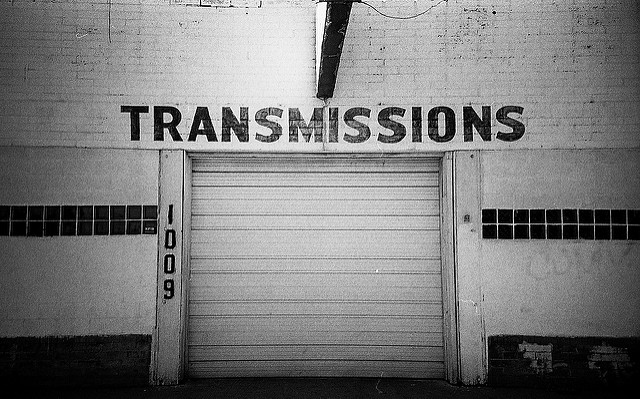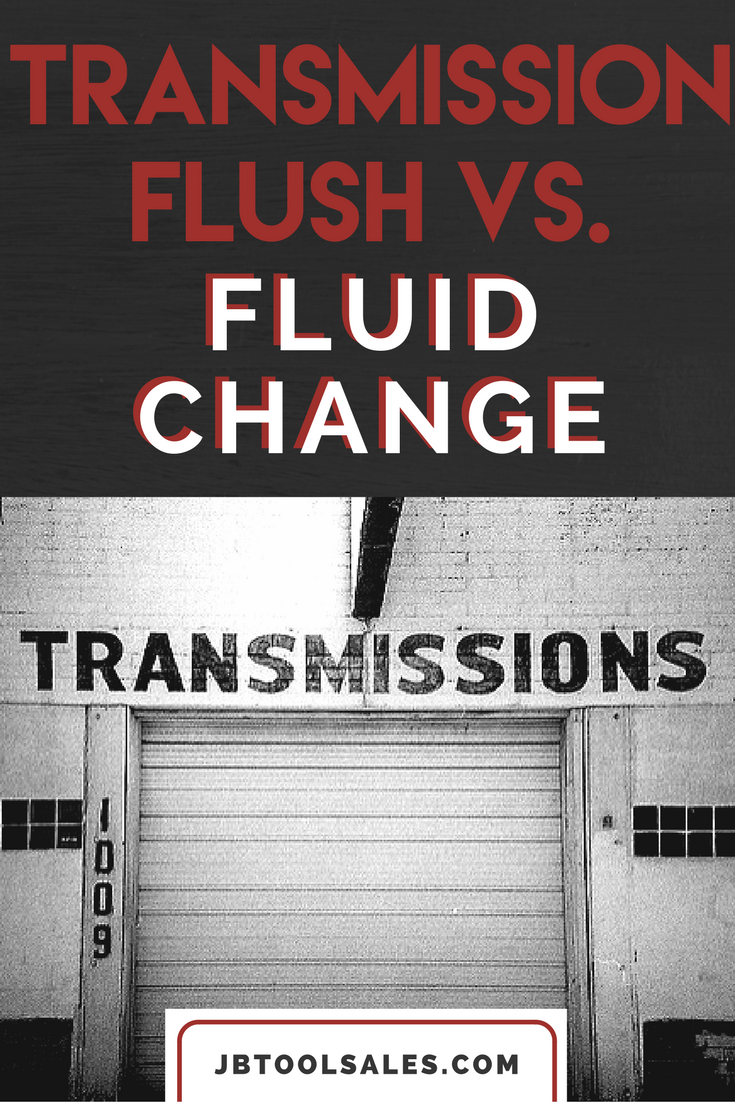Transmission Flush vs Fluid Change
24th Mar 2016

The transmission plays a key role in the function of modern-day automobiles. As you may already know, there are two different types of transmissions: automatic and manual. In a manual transmission, the driver changes gears by stepping on the clutch. In an automatic transmission, this process is done automatically, without any additional steps taken by the driver. Regardless of which type is found in your car, it's important to perform routine maintenance to keep it running properly. Neglecting this otherwise basic routine maintenance can result in transmission failure -- a problem that's both difficult and costly to fix.
When it comes to transmissions, there are two different types of routine maintenance: fluid change (also known as a transmission service), and transmission flush. So, what's the difference between them? And which one is best suited for your car or truck?
Related Reading: Tell Tale Signs Your Car Needs a Transmission Flush
Fluid Change
In a fluid change, the oil from the transmission pan is drained and replaced with new fluid. The filter is also replaced during this procedure. Because fluid changes rely on gravity to remove the old fluid, however, some of the old fluid will remain behind. In fact, you can expect roughly half of the old fluid to remain in a fluid change. This isn't necessarily bad, however, as your transmission may be used to having the old fluid, and completely replacing 100% of it could result in the gears slipping.
While the recommended frequency for a transmission fluid change varies depending on the make, model and year of the car, most automakers recommended having it performed once every 30,000 miles. You can expect to pay about $150 for a transmission fluid change.
Transmission Flush
On the other side of the fence is a transmission flush. In this procedure, a mechanic uses a special machine to flush ALL of the fluid from the transmission, its torque converter and cooler lines. Over time, the fluid here will accumulate dirt, debris, and even metal shavings, all of which can wear away at the internal casing of the transmission. Having this fluid flushed and replaced, however, will help protect your transmission from damage while prolonging its life.
Transmission flush uses a professional grade machine to completely flush all the transmission fluid from your vehicle and remove some grime and contaminants from the torque converter and cooler lines to prevent them from causing transmission problems. This process involves running a special solution through the lines until they come out completely clean and then fills up the system with new fluid.
A good rule of thumb is to have your transmission flushed once every 45,000 miles. It can be performed in place of a fluid change. Transmission flushes cost slightly more than fluid changes, with the average auto shop charging about $200 to $250.
Related Reading: Diagnosing Automatic Transmission Problems
Photo credit: Chris Randall


